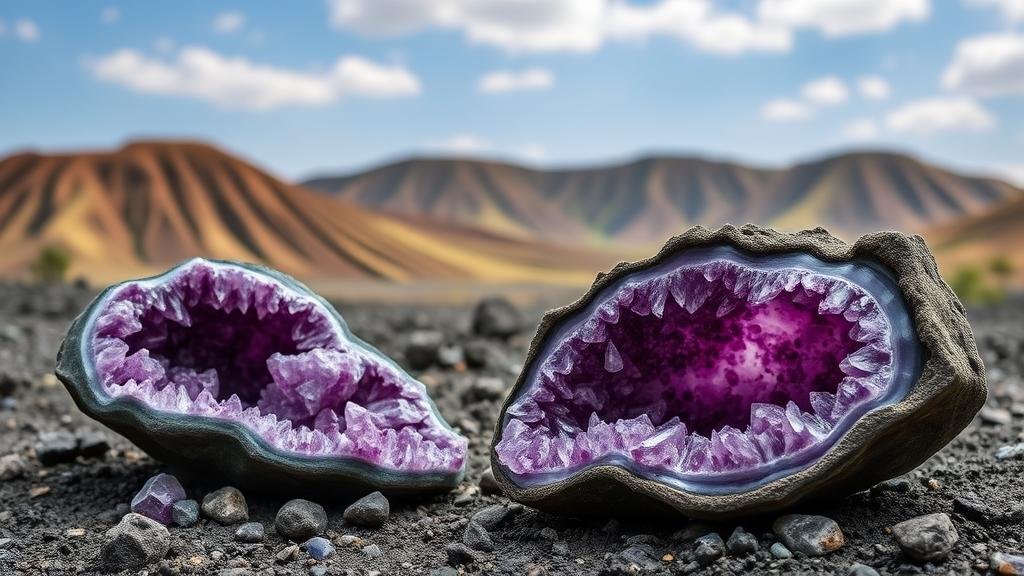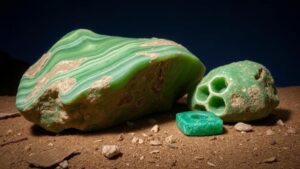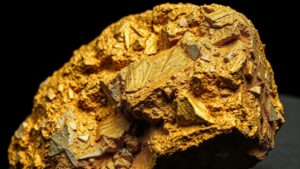Amethyst Wonderlands: Cracking Geodes in Ancient Volcanic Sites
Amethyst Wonderlands: Cracking Geodes in Ancient Volcanic Sites
For rockhounds and mineral collectors, few experiences can match the thrill of cracking open a geode and revealing the stunning crystals within. Among these, amethyst geodes stand out due to their captivating purple hues and unique formations. This article delves into the enchanting world of amethyst wonderlands, exploring geode formation, ancient volcanic sites where they can be found, and practical tips for collectors seeking to uncover these hidden treasures.
The Science of Geodes
Geodes are hollow rock formations that often contain beautifully crystallized minerals. Typically, they form in volcanic or sedimentary environments. The process begins when mineral-rich groundwater seeps into a cavity in a rock. Over time, minerals precipitate from the water, gradually forming crystals inside the cavity. Amethyst, a variety of quartz, forms primarily from the presence of iron, which gives it its distinctive purple coloration.
Understanding Formation Conditions
Amethyst crystals develop under specific conditions, particularly in ancient volcanic regions where the right thermal and chemical conditions prevail. Studies have shown that the ideal temperature range for amethyst crystallization is between 300°C and 400°C (572°F to 752°F). The geodes are typically formed from a mixture of silica and other elements, including iron and manganese, which affect their color and size.
Prime Locations for Searching Amethyst Geodes
Various locations around the globe are renowned for their beautiful amethyst geodes, often situated in regions with volcanic activity. Here are a few notable sites:
- Brazil: The state of Rio Grande do Sul is famous for its large, stunning amethyst geodes, some weighing over 110 pounds.
- Uruguay: Known for the quality of its amethyst crystals, Uruguayan geodes often exhibit a deeper, more vibrant purple than their Brazilian counterparts.
- Argentina: Locations like Minas Gerais yield exceptional amethyst specimens with unique crystal formations.
- The Southwestern United States: Regions in Arizona and California have abundant deposits of geodes, providing excellent opportunities for collectors.
Essential Tips for Rockhounds
When searching for geodes, having the right tools and knowledge enhances the experience and outcome. Here are some helpful tips:
- Research Locations: Before heading out, research geological maps and talk to local rockhounding clubs to find prime sites.
- Equipment: Bring a rock hammer, goggles, and steel-toed boots for safety. A sturdy backpack for transporting finds is also essential.
- Geode Identification: Familiarize yourself with what geodes look like in their natural state. often appear as unassuming, rounded rocks on the outside.
- Respect Nature: Follow ethical collecting practices by not overharvesting or damaging the environment. Always abide by local laws regarding mineral collecting.
Real-World Applications of Amethyst
Beyond their aesthetic appeal, amethyst crystals possess various properties that appeal to collectors and enthusiasts alike. In holistic practices, amethyst is believed to promote calm, clarity, and balance. Its striking beauty also contributes to its popularity in jewelry making and interior design. High-quality amethyst is often used in statement pieces, enhancing both personal style and home décor.
Statistical Insights
According to the United States Geological Survey (USGS), the annual global production of amethyst is significant, with millions of carats extracted each year. Brazil currently leads production, accounting for about 45% of the world’s amethyst supply, while Uruguay contributes around 20%. With market trends indicating increasing demand for natural crystals in wellness and metaphysical practices, collectors may find ample opportunities for investment and trade.
Conclusion: The Joy of Discovery
For rockhounds and mineral collectors, cracking open a geode is more than just a hunt for beautiful specimens; it’s a journey through time, geology, and art. The thrill of discovering amethyst in ancient volcanic environments combines scientific intrigue with the joy of exploration. By understanding geode formation, knowing where to look, and employing best practices, collectors can enhance their adventures and appreciation for these natural wonders.
In the words of renowned mineralogist Richard Lehnert, “Every geode has a story, and it’s our job as collectors to find its voice.†So gear up, explore responsibly, and let the wonders of amethyst lead you to your next extraordinary find.


